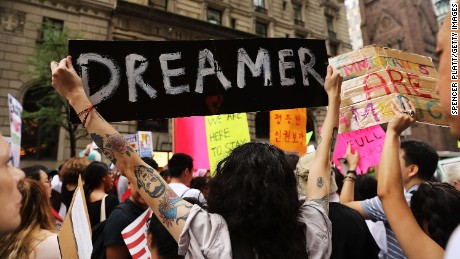On Monday, September 15, the Paycheck Fairness Act was voted down in the Senate.
The act would have banned employers from retaliating against employees who share salary information, imposed harsher penalties for pay discrimination, and require employers to be able to show that wage gaps between men and women are based on factors other than gender.
This is the fourth time a bill meant to strengthen equal pay laws has been voted against.
The original Equal Pay Act of 1963 prohibited wage-discrimination based on sex; in other words, employers must pay equal wages for equal work.
The U.S. Dept. of Labor states that, in 1963, women were making 59 cents on the dollar compared to men. Twenty years later, in 1983, women were making 66.5 cents per dollar.
Census data from 2012 shows the difference between the median salaries of full-time working women compared to those of men as 77 cents per dollar (this data isn’t controlled for education level or career choice). The disparity is even greater for women of color.
There are continuing debates about how the difference should be calculated. Whether the difference is 77 cents per dollar or 83 cents per dollar is a red herring distracting from the problem of the disparity. In a perfect world, the disparity would be zero.
Senate Republicans declared the measures unnecessary, saying that the disparity stems from women accepting lower-paying jobs and working fewer hours. They said the legislation would only lead to more litigation against employers.
“There’s a disparity not because female engineers are making less than male engineers at the same company with comparable experience,” the Republican National Committee said in April. “The disparity exists because a female social worker makes less than a male engineer.”
However, Harvard University labor economist Claudia Goldin found that the majority of the pay gap stems from differences within occupations. Her data showed that differences in choices only contributed to about 15 percent of the 23-cent difference.
What is most disappointing about the negative vote (that lost 52-40), is that even if it didn’t affect women’s choice of career or hours of work, there would have been more transparency. People– men and women– shouldn’t be penalized for discussing how much they are paid.
Additionally, if employers are following the law that is already in place, they shouldn’t have to worry about the harsher penalties or new burden-of-proof measures.
Measures to improve transparency in employment might not single-handedly end discrimination in hiring practices. At the very least, however, transparency would give greater insight into areas needing the most attention. And that is only a bad thing if you’ve got something to hide.




















